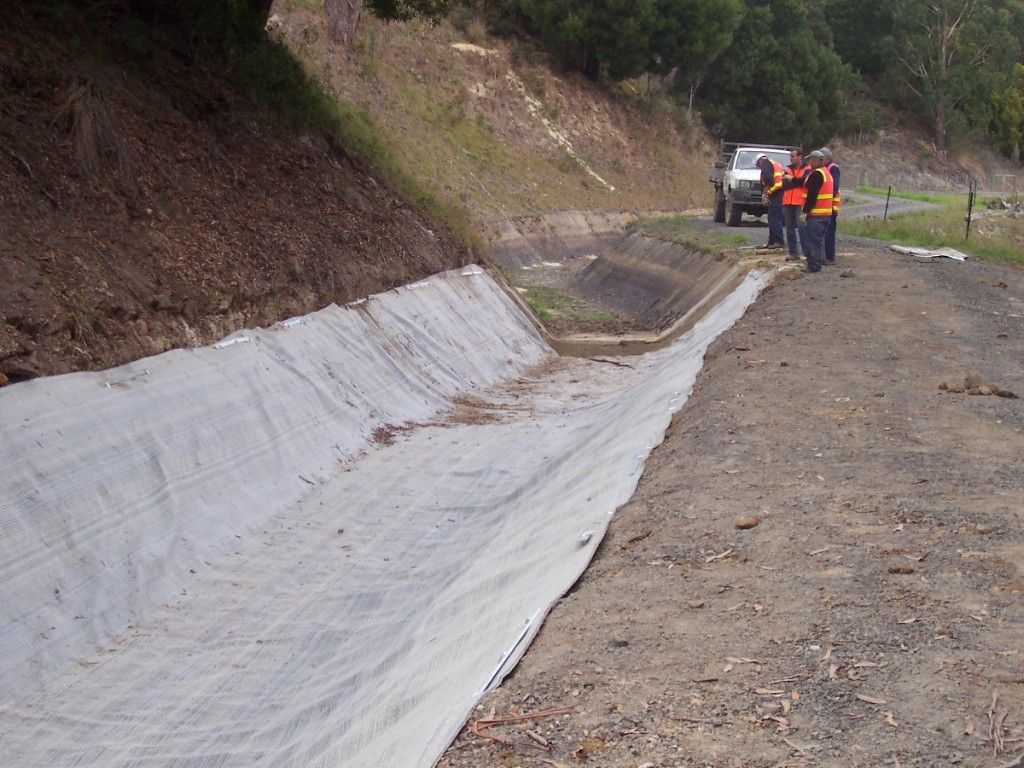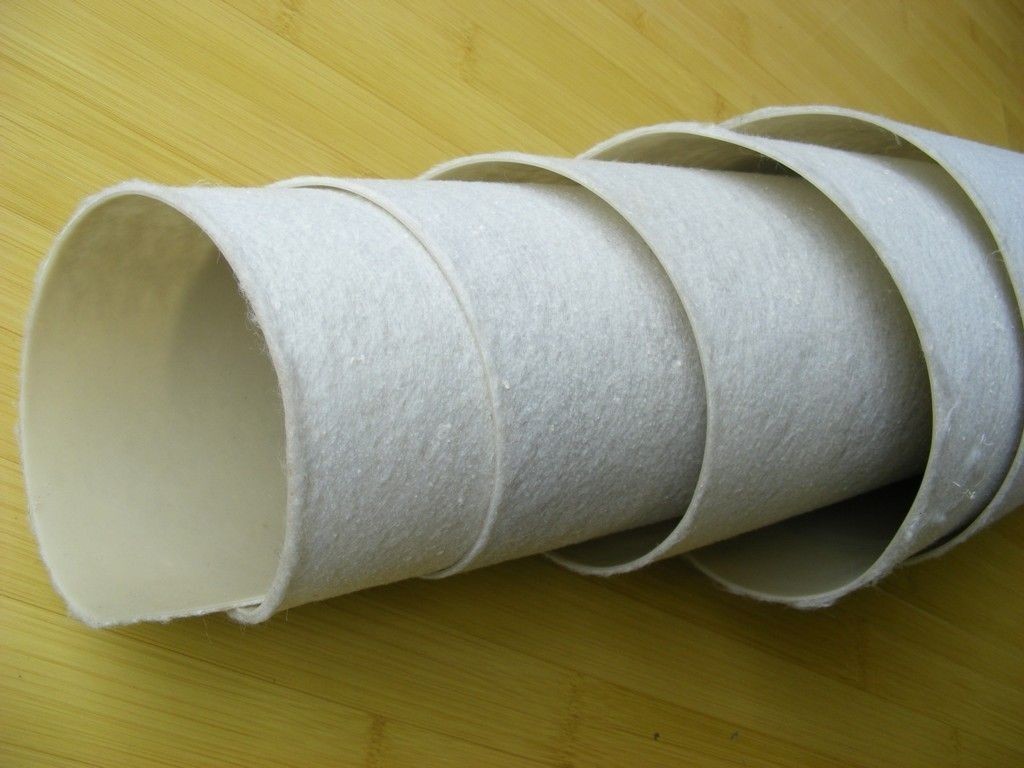

Nonwoven geotextiles have a wide range of applications in civil environmental engineering and construction projects. Produced from high quality polypropylene fibres, GES Nonwoven Geotextiles are needle punched to form a strong fabric that retains its dimensional stability and is resistant to damage from construction stresses. Based on the length of the fiber, it can be divided to Filament Geotextile and short Filament Geotextile. The tensile strength of filament geotextile is higher than short filament geotextile. The unit weight is from 100g/m2 to 800g/m2. Getextile has excellent mechanical properties, superior water permeability, filtrability and deformation adaptive faculty, at the same time, it can resist to corrosion and also anti ageing. It can isolate,filtration,dewatering,protect,firm,strengthen.
Function
- Geotextile has good air permeability and water permeability which can pass the water out and intercept the sand running-down
- Geotextile has high water diversion property, it can form drainage passageway, transpire the surplus liquid and gas
- High water permeability even under the pressure of soil and water
- Spread, transfer or decompose the concentrate stress effectively to avoid the soil be damaged by outside affection
- To prevent the freestone upper and lower level, soil and concrete mixed
- Polypropylene fiber or polyester fiber and other chemical fiber as raw material, acid-alkali-proof, non-corroding, non warm-eaten,antioxidant
- Light weight, convenient to use, easy construction, shorten working-period, increase economic efficiency
- Make use of geotextile to strengthen the tensile strength and anti-deformation property of soil, increase the stability of building structure, and also improve the soil quality
Specification
| PROPERTY | TEST METHOD | UNIT | 200R | 270R | 360R | 420R |
|---|---|---|---|---|---|---|
| Weight | ASTMD5261 | g/m2 | 119 | 140 | 201 | 271 |
| Grab Rensile Strength | ASTMD4632 | N | 401 | 445 | 712 | 911 |
| Grab Elongathion | ASTMD4632 | % | 50 | 50 | 50 | 50 |
| Trar Resistance | ASTMD4533 | N | 170 | 200 | 267 | 356 |
| CBR Puncture | ASTMD6241 | N | 1180 | 1320 | 1820 | 2380 |
| Permittivity | ASTMD4491 | sec-1 | 2.00 | 2.00 | 1.50 | 1.35 |
| Water Flow Rate | ASTMD4491 | 1/min/m2 | 6095 | 5689 | 4480 | 3657 |
| Apparent Operating Size | ASTMD4751 | mm | 0.212 | 0.212 | 0.212 | 0.212 |
| UV Stability | ASTMD4355 | %@500h | 70 | 70 | 70 | 70 |
| PROPERTY | TEST METHOD | UNIT | 600R | 800R | 1200R | 370RS |
|---|---|---|---|---|---|---|
| Weight | ASTMD5261 | g/m2 | 340 | 395 | 542 | 445 |
| Grab Rensile Strength | ASTMD4632 | N | 1110 | 13330 | 1690 | 1000 |
| Grab Elongation | ASTMD4632 | % | 50 | 50 | 50 | 50 |
| Trar Resistance | ASTMD4533 | N | 444 | 511 | 644 | 425 |
| CBR Puncture | ASTMD6241 | N | 3110 | 3780 | 4820 | n/a |
| Permittivity | ASTMD4491 | sec-1 | 1.20 | 1.00 | .70 | 1.0 |
| Water Flow Rate | ASTMD4491 | 1/min/m2 | 3251 | 3055 | 2035 | 3055 |
| Apparent Operating Size | ASTMD4751 | mm | 0.180 | 0.150 | 0.150 | 0.150 |
| UV Stability | ASTMD4355 | % @ 500h | 70 | 70 | 70 | 70 |
Benefits
Filtration: Filtration functions to restrict the migration of fine soil particles from a soil mass while remaining permeable to water movement greater than, or at least equivalent to the permeability of the protected soil.
Drainage: Water is conveyed along the path of the geotextile due to its construction, and then to an outlet. Water may be vertically or horizontally conveyed. Drainage is related to the role of filtration, and is a function of the permeability of a geotextile and its pore opening size or porometry.
Separation: Separation is the function which prevents two distinct soils of different materials from intermixing. The key factors for a geotextile to satisfy this function are porometry, toughness and strength.
Reinforcement This function involves the stabilization of a soil mass by provision of tensile strength to the soil-fabric system.
Geotextile selection can be expressed as a relationship between these 4 basic functions and the properties required by the design engineer in order to satisfy certain criteria, which would relate to a specific application
APPLICATION:
Hydraulic project
river embankment, river bank, lake dike
Anti-flood rescue work
Road construction
Soft soil improvement
Slope protection
Road surface anti-reflection
Drainage
Railway project
Railway slope reinforcement
Tunnel anti-water skirting
Covert ditch for water discharge
Fly ash dam for coal-fired
Power plant Hydropower station
Aviation project
Runway foundation improvement
Structural course for apron
Airport road and drainage system
